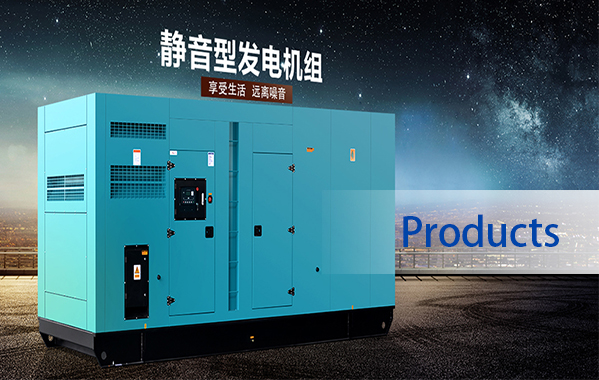A standby power backup device connects to the house wiring via a transfer system, which is usually installed indoors. Its prevents "backfeeding" into utility lines (which is dangerous and illegal). It also protects your device from damage by preventing utility from applying voltage to your house wiring while it is running. In any case, without a transfer switch your genset will likely be overloaded or damaged by the loads of neighboring houses that are served by the same line transformer. Many standby generators for home use come with a pre-wired transfer switch.
It is strongly recommended that all electrical connections be done by a licensed electrician. Depending on your local regulations, you may be required to get the installation approval by your electric utility. You may need this certificate if you later sell your house. If you are going to store a large fuel tank, you may also need to obtain a respective permit. The fuel pipe sizing, construction and layout must comply with NFPA 54 for natural gas and NFPA 58 for liquid propane applications.






